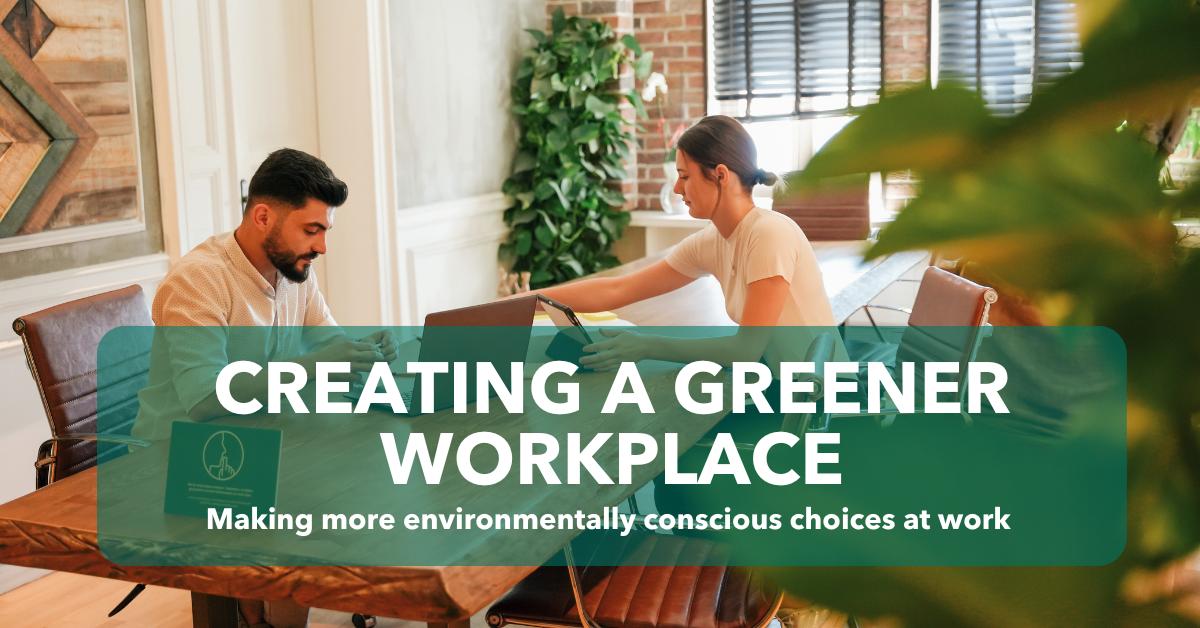
Addressing Gender-Based Violence in Workplaces: Lessons from the Moose Hide Campaign
Gender-based violence remains a serious and ongoing crisis in Canada, affecting families, workplaces, and communities.
Research shows that:
- More than 2 million women in Canada have experienced intimate partner violence in their lifetime.
- One in three women, girls, and gender-diverse people will face gender-based violence.
- Indigenous women are three times more likely to experience violence than non-Indigenous women.
(Source: Moose Hide Campaign)
While gender-based violence is often viewed as a personal or community issue, it also has profound effects on the workplace. Employees experiencing violence may struggle with absenteeism, reduced productivity, and mental health challenges, while organizations face increased turnover, legal risks, and safety concerns. For HR professionals, addressing this issue is not just about compliance—it’s about fostering a workplace culture of safety and accountability.
The Moose Hide Campaign: A Workplace Conversation Starter
One initiative that has gained national attention is the Moose Hide Campaign, a movement dedicated to raising awareness about gender-based violence and reconciliation.
The campaign began in 2011 when Paul Lacerte and his daughter Raven, from the Carrier First Nation, set out to create a symbolic yet impactful way to engage men and boys in violence prevention. The small moose hide pin, worn on clothing, represents a commitment to standing up against gender-based violence and fostering safer communities.
Since first beginning, the campaign has expanded beyond individuals and into workplaces, schools, and government agencies, sparking discussions about violence prevention, reconciliation, and the role of men in advocating for change. Each year, Moose Hide Campaign Day brings together thousands across Canada for educational events, fasting, and reflection.
Gender-Based Violence Prevention is Reconciliation
Addressing gender-based violence is also an essential part of reconciliation. The Truth and Reconciliation Commission (TRC) Calls to Action and the National Inquiry into Missing and Murdered Indigenous Women and Girls (MMIWG) Final Report emphasize the need for action on violence prevention and Indigenous-led solutions.
HR professionals working on reconciliation initiatives in their organizations should recognize that gender-based violence disproportionately impacts Indigenous women, girls, and gender-diverse people. By acknowledging this reality and integrating education, awareness, and policy change, workplaces can actively contribute to reconciliation efforts while ensuring safer environments for all employees.
What Can HR Professionals Learn from the Moose Hide Campaign?
While the Moose Hide Campaign itself is not a workplace policy, it serves as a model for how organizations can approach gender-based violence awareness in professional settings. HR leaders can take inspiration from its framework to develop their own violence prevention strategies.
Integrate Awareness into Workplace Culture
- Provide training sessions that explore the realities of gender-based violence.
- Create safe spaces for discussions about workplace harassment, safety, and inclusion.
- Recognize the intersection of gender-based violence and mental health, ensuring employees have access to confidential support resources.
- Strengthen Policies on Workplace Violence & Harassment
- Regularly review anti-harassment and anti-violence policies to ensure they reflect inclusive and trauma-informed approaches.
- Implement clear reporting mechanisms that protect confidentiality and prevent retaliation.
- Consider adding domestic violence leave provisions, allowing employees experiencing violence to seek support without financial or job security concerns.
- Encourage Leadership to Take a Stand
Workplace leaders play a key role in shifting culture—when executives and managers openly discuss gender-based violence prevention, it sets a powerful precedent.
Public commitments, internal awareness campaigns, or partnerships with external organizations can reinforce an organization’s values of safety and accountability.
A National Movement with Local Impact
While violence prevention strategies will look different in every workplace, the Moose Hide Campaign highlights the importance of engagement, education, and allyship. For HR professionals, it serves as a reminder that addressing gender-based violence is not just a social responsibility—it’s a workplace responsibility.
As organizations across Canada continue their diversity, equity, and inclusion (DEI) efforts, integrating violence prevention into workplace policies will ensure employees feel safe, supported, and heard.
How is your workplace fostering conversations around gender-based violence prevention?
For more information about gender-based violence awareness efforts, visit moosehidecampaign.ca.
Author: Chelsea Taylor
The views and opinions expressed in this blog post belong solely to the original author(s) and do not necessarily represent the views and opinions of CPHR Alberta.
The views and opinions expressed in this blog post belong solely to the original author(s) and do not necessarily represent the views and opinions of CPHR Alberta.





